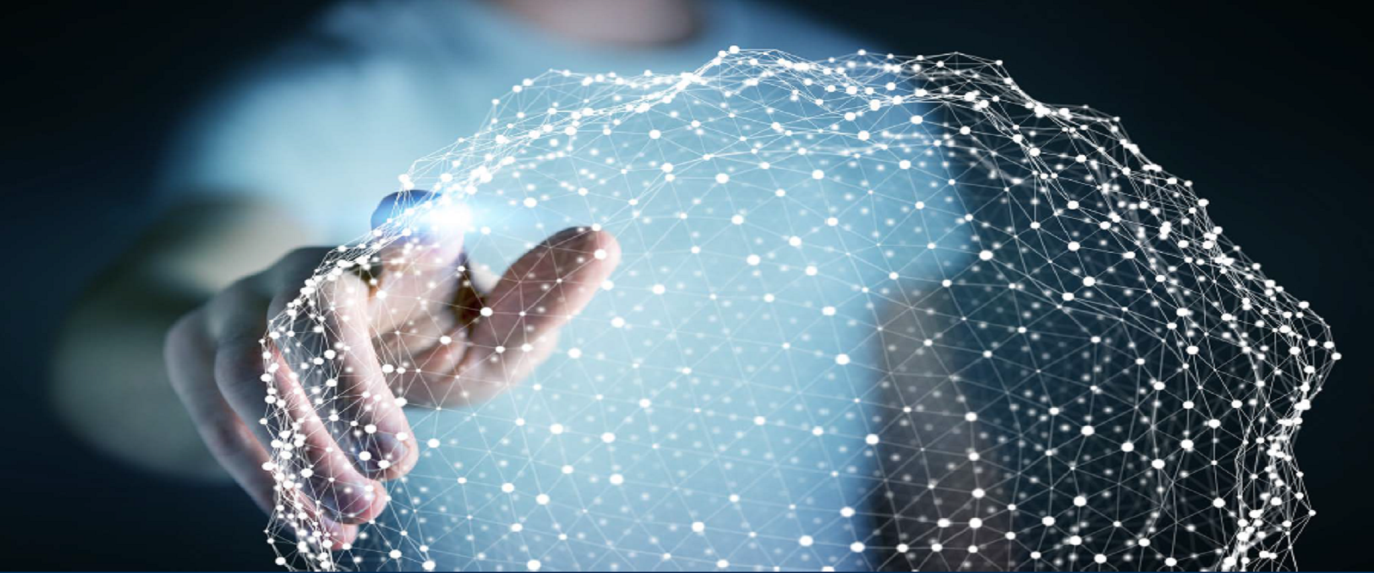Particle accelerators continue to push the envelope of current technologies. For example, a major goal of the Free Electron Laser community is to capture real time footage of atomic dynamics. This will require incredible effort and attention paid to the design, manufacture, and implementation of accelerator structures and control systems. To this end, it has become apparent that the introduction of more advanced control methods that incorporate machine learning/AI components is necessary to operate the next generation of accelerators.
Artificial intelligence (AI) research has a long and complex history; which can be traced back all the way to antiquity. As is often the case science fiction got there first, with fantastical stories about thinking machines called “robots” a term first coined by Karel Čapek in 1920. Artificial intelligence as a serious research field began in 1956 at Dartmouth College where it was predicted that a machine as intelligent as a human being would be developed within a generation. Unfortunately, 70 years later a machine with a general purpose intelligence equal to that of the human brain is still science fiction. However, modern techniques from machine learning/artificial intelligence have demonstrated great utility in a variety of application areas and have been embraced by a number of large technology companies and research institutions in recent years. Modern examples of AI are all around us, including voice recognition software, translation algorithms, financial fraud detection algorithms, and in the near future self-driving cars.

Although artificial intelligence finds a large of number of diverse applications, the underlying principles are largely the same. For example the recipe for training a neural network (one specific kind of machine learning tool) can be rather basic and in some ways similar to the way that humans learn. First, a neural network with randomly initialized weights is created. In supervised learning, these weights are then updated by iteratively exposing it to pairs of input data and correct output data. During the training process the trainer is in fact adjusting weighting factors until the network gives the correct answer. While mathematically this is a simple procedure, the representations the network forms can be useful for very complex tasks. The ‘mystical’ part of the neural network is the extreme number of algebraic terms and ‘countless’ cross multiplications involved. In principle, a neural network with the appropriate nonlinear activation functions can in principle learn to approximate any function that meets certain conditions. This principle is known as the universal function approximation theorem [1].
Particle accelerators are in many ways ideal for machine learning techniques; they are massively complicated interconnected machines displaying a number of nonlinear and complex phenomena. Particle accelerators are formed of a number of different interacting sub-systems, each component operating on its own process cycle time, which can result in long term cyclical behaviour in the machine.
In the 1980’s efforts were made to apply AI methods to particle accelerator control systems. Unfortunately due to a lack of computing power these efforts produced few actionable results. Since the beginning of the 21st century computational power has exploded by several orders of magnitude while costs have fallen. The increase in available computer power has been accompanied by renewed interest applying in AI methods to particle accelerators. These range from using genetic algorithms to optimise particle beam properties, neural networks for improved prediction and optimisation of the radiation properties of Free Electron Laser output radiation [2], Gaussian process optimization for machine tuning, and developing better control policies [3] for key accelerator sub-systems.

To help facilitate the application of AI research to particle accelerators the first Intelligent Controls for Particle Accelerators workshop was held at STFC Daresbury Laboratory in January 2018. The goal of the workshop was to foment cooperation and discuss future developments among world leaders in particle accelerator and machine learning research. A welcome address was given by Lab Director Professor Susan Smith, who made a convincing case for more advanced control methods as particle accelerators continue to develop.
The workshop first learned about the various hardware issues involved in operating an accelerator facility and how one could adapt legacy control systems to suit modern control methods. One key point that came up during the workshop is that in order to get the best performance from AI control methods high quality data is essential. Such data must be accurate and precise, time-stamped and cross calibrated. Many of the talks were focussed on the application of AI techniques to a variety of different particle accelerator subsystems, such as electron gun water cooling, high power RF, and particle orbit control systems. Modern beam-based feedback systems in use at various international facilities were then presented while outlining a path forward to address limitations of the present control systems using advanced AI-type control policies.

The workshop ended with a lively discussion on the future of AI-type accelerator control systems, what diagnostic data from current machines is needed and how the community may better collaborate in this area. Talks can be found here with video of Day 2 talks here.
The ICPA workshop was made possible with sponsorship from the IET, IOP, ASTeC and the Cockcroft Institute.
- [1] B. C. Csáji, Approximation with Artificial Neural Networks; Faculty of Sciences; Eötvös Loránd University, Hungary, 2001
- [2] A. Sanchez-Gonzalez et al, Accurate prediction of X-ray pulse properties from a free-electron laser using machine learning, Nature Communications, 8:15461, 2016
- [3] A. L. Edelen et al, Neural Network for Modeling and Control of Particle Accelerators, IEEE Transactions on Nuclear Science, Vol 63, No. 2, 2016

